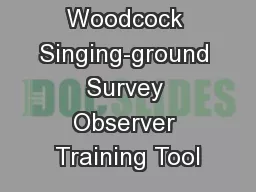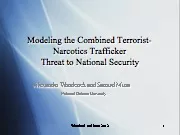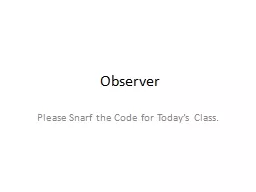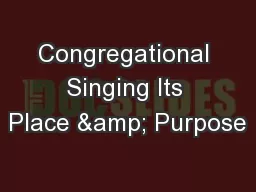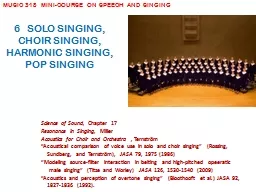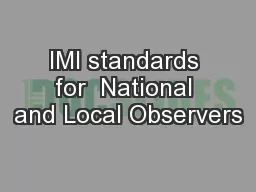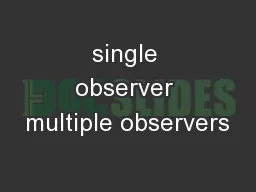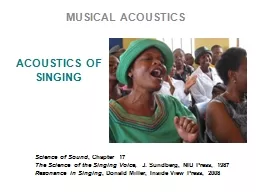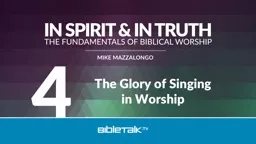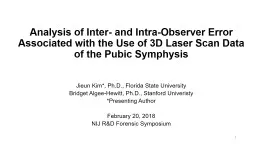PPT-American Woodcock Singing-ground Survey Observer Training Tool
Author : phoebe-click | Published Date : 2018-10-26
Singingground Survey SGS Participants US Fish and Wildlife Service USFWS Canadian Wildlife Service CWS State Conservation Agencies other federal government organizations
Presentation Embed Code
Download Presentation
Download Presentation The PPT/PDF document "American Woodcock Singing-ground Survey ..." is the property of its rightful owner. Permission is granted to download and print the materials on this website for personal, non-commercial use only, and to display it on your personal computer provided you do not modify the materials and that you retain all copyright notices contained in the materials. By downloading content from our website, you accept the terms of this agreement.
American Woodcock Singing-ground Survey Observer Training Tool: Transcript
Download Rules Of Document
"American Woodcock Singing-ground Survey Observer Training Tool"The content belongs to its owner. You may download and print it for personal use, without modification, and keep all copyright notices. By downloading, you agree to these terms.
Related Documents

